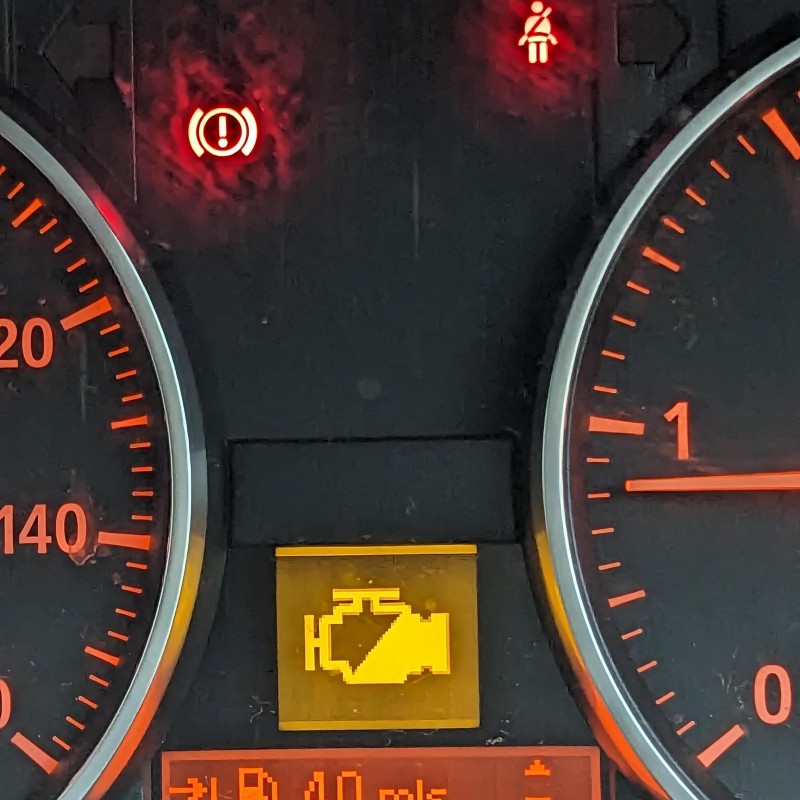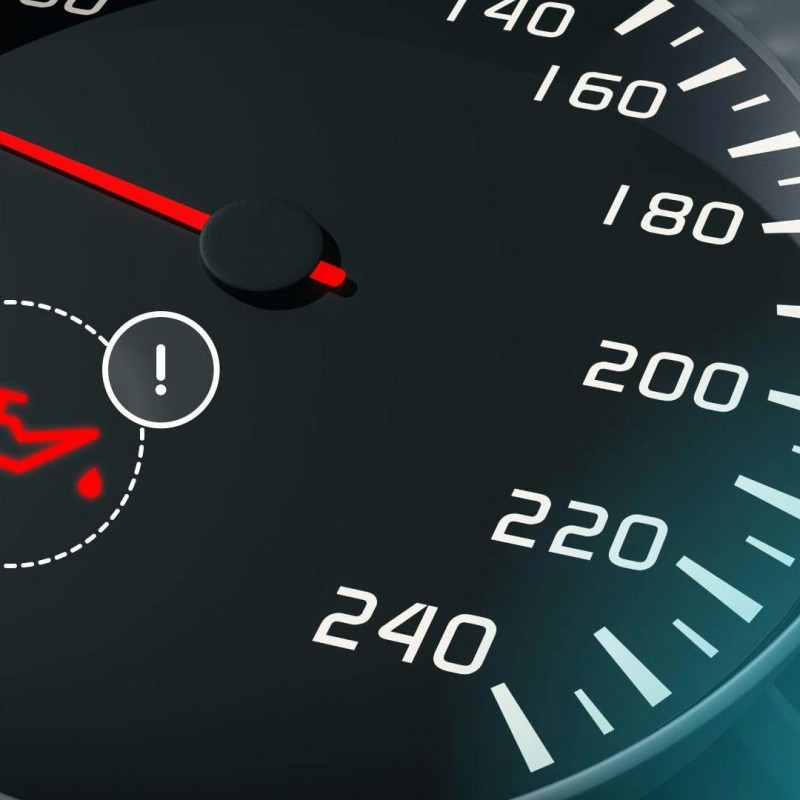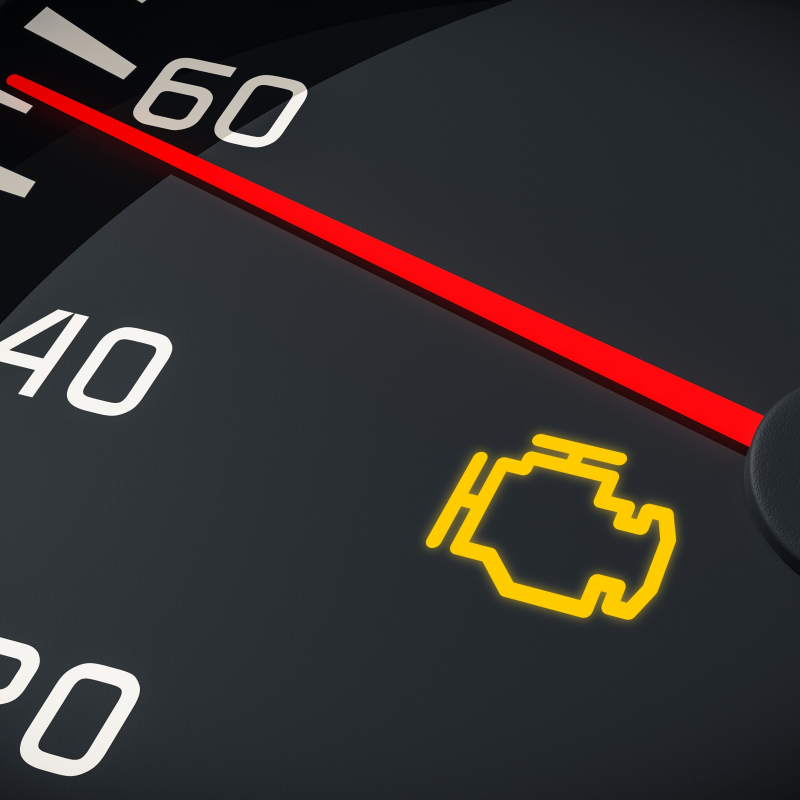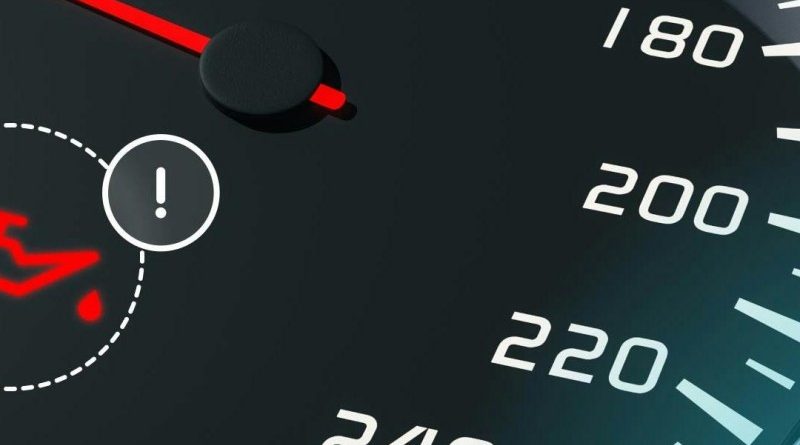Exploring the Latest Trends in Car Dashboard Designs: A Overview
The dashboard of a car has always served a functional purpose, providing drivers with essential information about their vehicle’s performance and navigation. However, the latest trends in car dashboard designs have transformed dashboards from merely functional interfaces into sophisticated control centers that prioritize both aesthetics and user experience. From sleek digital displays to intuitive touch controls, modern dashboards incorporate advanced technology and innovative materials, providing a seamless interface for driving experiences.
As automotive manufacturers strive to meet consumer demands for connectivity and readability, understanding these design trends can help you appreciate the evolving landscape of the automotive world. In this comprehensive article, we will explore the latest trends in car dashboard designs, discussing the evolution of interfaces, material choices, technology integration, and the impact of these innovations on user experience. Whether you’re an automotive enthusiast or simply curious about how design shapes the driving experience, this exploration will provide valuable insights.

The Evolution of Car Dashboards: From Analog to Digital
To understand the latest trends in car dashboard designs, it is essential to recognize how dashboards have evolved over the decades. The transformation from simple analog displays to complex digital interfaces reflects broader shifts in technology, consumer expectations, and automobile design.
Early Dashboards: Functionality First
In the early days of automobiles, dashboards were functional, providing drivers with basic gauges like speedometers, fuel gauges, and odometers. Most of these components were analog, utilizing needles to indicate readings. Drivers relied on these mechanical instruments for real-time information about their vehicle’s performance, and the design was primarily utilitarian.
The Rise of Electronic Components
As automotive technology advanced in the late 20th century, dashboards began incorporating electronic components. This transition resulted in clearer displays, illuminated gauges, and digital readouts. By providing more accurate information, these enhancements improved the driving experience, allowing drivers to receive real-time alerts regarding critical vehicle parameters.
The Introduction of Multi-Function Displays
The 1990s saw a significant shift in dashboard design with the introduction of multi-function displays. These screens allowed drivers to access a range of information, including stereo controls, navigation, and trip data, all from a single interface. With the advent of advanced microprocessors, manufacturers could develop more sophisticated displays that offered increased customization, leading to a more user-friendly experience.
The Era of Touchscreens and Connectivity
As smartphones became ubiquitous in the 21st century, automotive manufacturers recognized the growing consumer demand for connectivity and integration. The latest trends in car dashboard designs now feature large touchscreen interfaces that consolidate multiple functions, with capabilities resembling those of mobile devices. This integration allows for seamless connectivity to smartphones, apps, and navigation tools, enabling drivers to access information quickly and conveniently.
Current Innovations in Dashboard Design
Today, the latest trends in car dashboard designs focus on enhancing user experiences through intuitive interfaces, personalized settings, and ease of usability. Designers emphasize clarity, adaptability, and contemporary aesthetics to cater to drivers’ needs while keeping technological advancements at the forefront.
Key Elements of Modern Car Dashboard Designs
Understanding the latest trends in car dashboard designs requires a discussion of the essential elements that characterize modern dashboards. These elements combine form and function, contributing to a cohesive user experience.
Digital Instrument Clusters
One of the most significant trends is the shift toward fully digital instrument clusters. These displays replace traditional analog gauges, offering a more versatile and visually appealing alternative. Drivers can customize their displays to show relevant information such as speed, fuel efficiency, and navigation prompts—all in a clear, visually engaging format. Digital clusters often utilize high-resolution screens with vibrant graphics, enhancing readability in varying lighting conditions.
Touchscreen Interfaces
Touchscreen interfaces are now central to modern car dashboards, allowing for intuitive control of various functions. These screens serve as the command center for everything from multimedia systems to climate controls. The latest touchscreens often come equipped with haptic feedback, making the interaction more tactile and responsive. Additionally, voice recognition technology has increasingly been integrated, allowing drivers to control functions with voice commands, further minimizing distractions.
Heads-Up Displays (HUD)
Heads-up displays represent another innovative trend in car dashboard design. By projecting important information onto the windshield, HUDs allow drivers to access vital data—such as speed, navigation, and alerts—without diverting their attention from the road. This technology enhances driver safety while providing a futuristic touch to the dashboard experience.
Minimalist Aesthetics
Minimalist design is increasingly becoming a hallmark of modern dashboards. Simplified layouts, reduced button clutter, and clean lines create a serene environment that promotes ease of use. Designers focus on essential elements, removing excess physical controls when possible. This approach not only enhances aesthetics but also improves the user experience by reducing distractions.
Ambient Lighting
Integrating ambient lighting into dashboard design is a growing trend that adds a sense of luxury and personalization. Soft lighting accents enhance visibility during nighttime driving while providing drivers with a customizable atmosphere. Users can often select colors and brightness levels that suit their preferences, adding an appealing visual element that promotes a relaxing driving environment.
Sustainable Materials
As part of the shift towards eco-friendly practices, manufacturers are increasingly using sustainable and recyclable materials in dashboard designs. These materials not only reduce the environmental impact of production but also reflect a commitment to sustainability that resonates with modern consumers. The use of natural fibers, responsibly sourced wood, and eco-plastic contributes to a dashboard aesthetic that feels luxurious without compromising environmental values.
The Impact of Technology on Dashboard Functionality
The integration of technology into dashboard designs has transformed how drivers interact with their vehicles. This section explores how advancements in technology have influenced the functionality of modern dashboards.
Advanced Driver Assistance Systems (ADAS)
Many modern vehicles equip dashboards with features that support Advanced Driver Assistance Systems (ADAS). These systems rely on sensors and cameras installed around the vehicle to provide drivers with real-time feedback about their driving behaviors. Dashboards now include dashboards that alert drivers about blind spots, lane departures, and proximity to other vehicles. This integration enhances safety while providing valuable data to promote safer driving habits.
Smartphone Integration
Smartphone integration is a critical consideration in today’s car dashboard designs. Features such as Apple CarPlay and Android Auto allow drivers to seamlessly connect their devices to the vehicle’s infotainment system. This integration offers access to apps, navigation, and music, ensuring that drivers can utilize their favorite features without distraction. With smartphone integration, drivers can enjoy their vehicle’s technology alongside their mobile device.

Vehicle Health Monitoring
Car dashboards now commonly feature digital displays that provide drivers with real-time diagnostic information regarding the vehicle’s health. Indicators for oil levels, battery health, and maintenance reminders empower drivers to stay informed about their vehicle’s condition. This proactive approach helps to prevent potential mechanical issues, ultimately enhancing the driving experience.
Connectivity and Cloud-Based Features
The latest dashboards often include connectivity options that utilize cloud-based features. This capability allows vehicles to receive over-the-air updates and new software enhancements, keeping them up to date with the latest improvements. Features such as GPS navigation updates, multimedia software improvements, and system performance optimizations can be done remotely.
Personalization Features
Modern dashboards also offer personalization features that let drivers customize their experience. Users can save settings for seat position, climate control, audio preferences, and display layouts. This degree of customization enhances user satisfaction and makes each trip more enjoyable.
User Experience: The Importance of Ergonomics in Dashboard Design
As car dashboard designs continue to evolve, user experience remains a significant focus. Ergonomic considerations are critical in creating an environment conducive to safe and comfortable driving.
Intuitive Layouts
Modern dashboards prioritize intuitive layouts that present information clearly and efficiently. Controls are visually grouped based on function to reduce cognitive load and allow for quick recognition. This organization is particularly important for frequently used functions, such as climate control and audio settings.
Easy Accessibility
Accessibility is essential in dashboard design. Buttons and touchscreen controls should be easily reachable for the driver without needing to stretch or divert attention from the road. The latest trends in car dashboard designs carefully consider driver seating positions and ensure that controls remain practical and within reach.
Feedback Mechanisms
Feedback mechanisms—such as audible alerts and visual confirmations—are important for user experience. These mechanisms provide reassurance that inputs have been registered, allowing drivers to focus on the road. For example, when adjusting the temperature or volume, drivers appreciate knowing their commands have been recognized.
Safety and Distraction Management
Reducing distractions is a primary objective in modern dashboard design. By promoting safety through effective design, manufacturers strive to minimize driver distractions and encourage safe behaviors. Voice control, simplified interfaces, and minimized button clutter all contribute to safer driving.
Climate Control and Comfort Features
Integrating climate control directly into dashboard design enhances comfort during driving while eliminating the need for excessive manual adjustments. Many modern dashboards offer intuitive solutions, such as dual-zone climate control and heated seats, which can be adjusted with minimal effort.
The Role of Aesthetics in Dashboard Design
The visual appeal of a car’s dashboard plays an essential role in attracting consumers and defining a vehicle’s identity. This section explores how aesthetics shape contemporary dashboard designs.
Use of Color Schemes
Color palettes can significantly impact how dashboards are perceived by users. Manufacturers often incorporate cohesive color schemes that resonate with their brand identity and evoke desired emotional responses. Warm tones might convey a sense of luxury, while cooler tones can communicate modernity and technological advancement.
Texture and Material Innovation
The tactile experience of interacting with controls greatly influences user satisfaction. Manufacturers are increasingly exploring different textures and materials to elevate aesthetics. Finishes, such as matte or gloss, provide a unique feel while contracting well with textures like leather, wood, or high-quality plastics.
Branding Elements
Branding elements including logos and design motifs are often integrated into dashboard aesthetics. Designers work to highlight these features in ways that align with the broader brand vision while ensuring they enhance, rather than distract from, functionality.
Futuristic and Minimalist Designs
As automotive technology advances, many manufacturers have embraced minimalist and futuristic designs. These dashboards often feature smooth lines, hidden controls, and digital interfaces that create a sense of openness. The minimalist aesthetic not only appeals to modern consumers seeking a polished look but also complements the intuitive functionality of contemporary dashboard systems.
Looking Ahead: What’s Next for Car Dashboard Designs?
As we consider the latest trends in car dashboard designs, it’s vital to examine the future direction of these innovations. The automotive industry is seeing rapid developments in technology and design that will continue shaping the dashboard experience.
Integration with Smart Technology
Going forward, car dashboards will likely integrate even more closely with smart technology, including applications that allow drivers to control home devices or access their calendar. This connectivity can provide seamless integration of the car into the driver’s broader digital ecosystem.
Increased Customization
Customization will continue to play a significant role in dashboard designs. The ability to fully customize displays and controls will enhance user engagement and satisfaction, as drivers will be able to personalize their driving experiences like never before.
Environmental Considerations
As the automotive industry shifts towards sustainability, dashboard designs will reflect an increased focus on eco-friendly materials and practices. This includes the potential use of recycled materials and smart energy management systems that reduce energy consumption.
Enhanced Augmented Reality Features
The use of augmented reality in dashboards may revolutionize driving interactions. These systems can project vital driving information directly onto the windshield, providing real-time insights while minimizing distraction. Visual overlays like navigation directions and hazard alerts can create a safer driving environment.
Safety Innovations
Future dashboard designs will likely prioritize safety features, integrating systems that actively monitor driver awareness and alertness. Advanced metrics that prompt drivers to take breaks or remind them of potential fatigue will support safer journeys.

Conclusion
The landscape of car dashboard designs is continuously evolving, driven by technological advancements, user demands, and design innovations. As we explore the latest trends in car dashboard designs, it is clear that modern dashboards serve as multifunctional control centers that prioritize aesthetics, usability, and technology integration. As digital displays replace traditional gauges and connectivity features become standard, today’s dashboards represent a fusion of form and function that enhances the overall driving experience.
By understanding the various elements and trends that shape current designs, consumers can make informed decisions when purchasing new vehicles or customizing their existing rides. The expansive potential for future innovations—ranging from augmented reality features to sustainable materials—suggests that the journey of redesigning car dashboards is far from over.
Whether you’re a car enthusiast, a casual driver, or an industry professional, appreciating the intricacies of dashboard design will deepen your understanding of automotive technology and its impact on the driving experience. As we move forward into an increasingly connected and aware automotive landscape, the dashboard will remain a focal point for how we interact with our vehicles.
